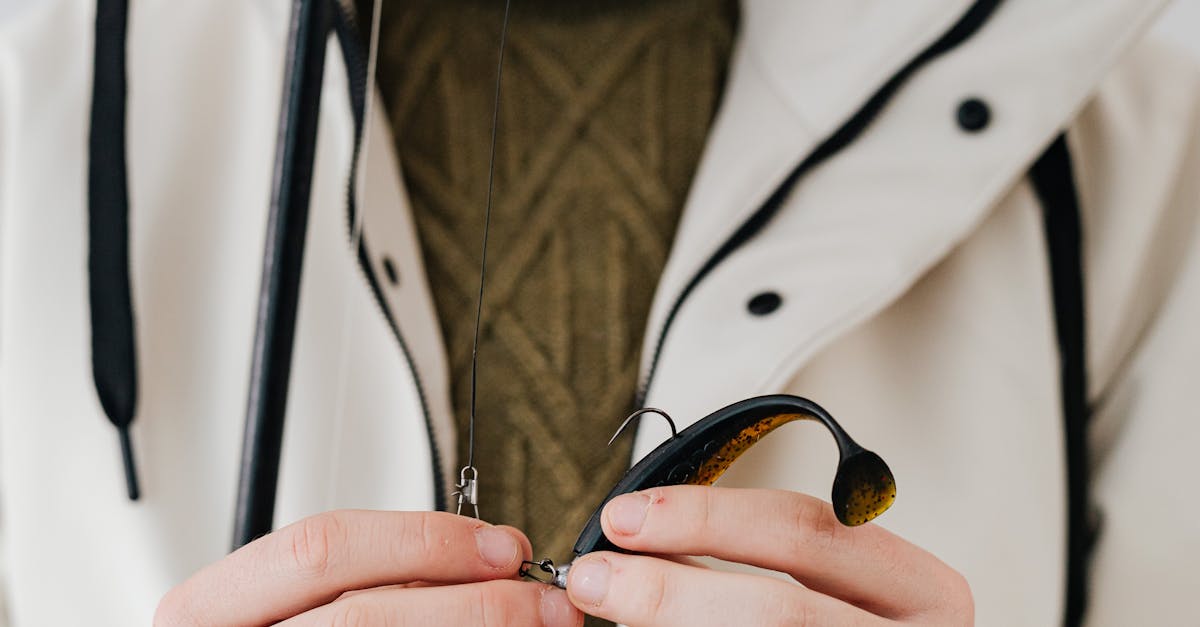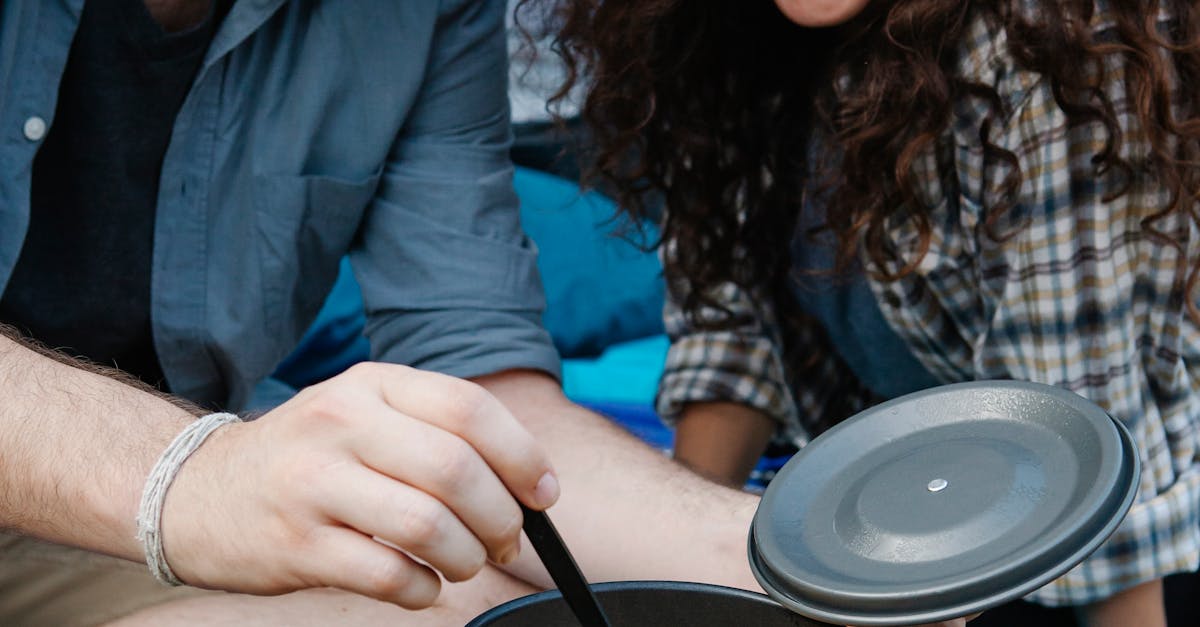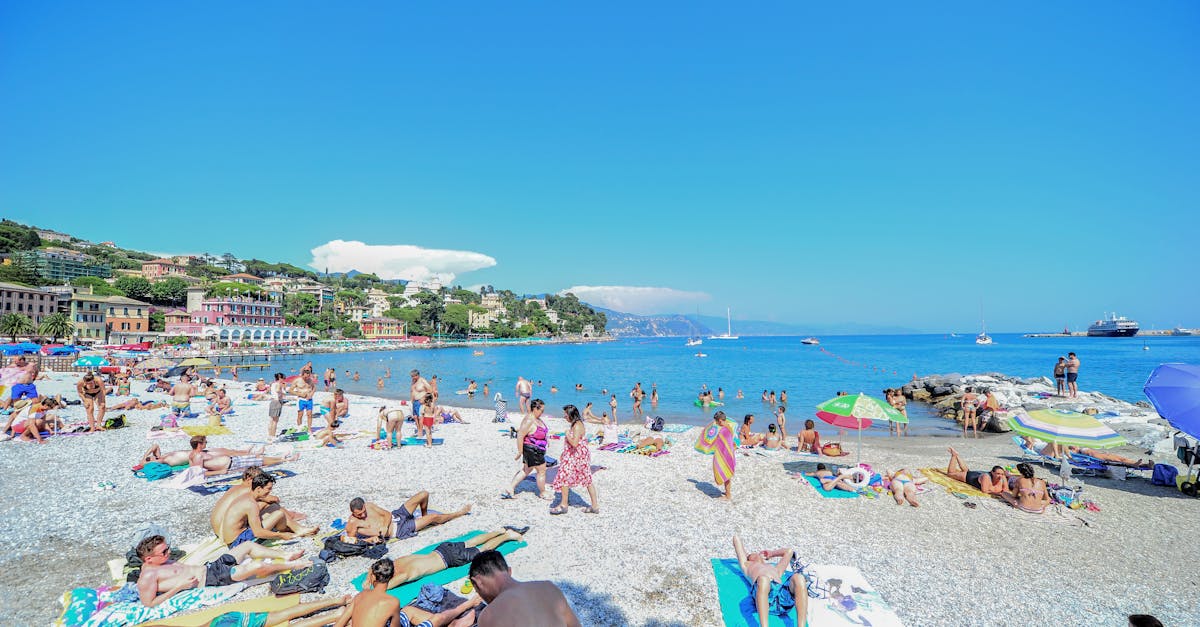
Guide Coat For Outdoor Protection
- October 01, 2024
- 5 min Read
- Views 361
Understanding Guide Coat for Outdoor Protection
When it comes to ensuring various surfaces, especially automobiles and outdoor furniture, are properly prepared for painting and protected from the elements, a guide coat for outdoor protection becomes an essential part of the process. This article aims to explore the importance, application, and benefits of using a guide coat for outdoor protection, alongside practical steps and answers to frequently asked questions.
What is a Guide Coat?
A guide coat is a light layer of paint or primer applied to a surface before the final coats. It helps in identifying imperfections such as low spots, scratches, or dents that might need further attention. By using a guide coat for outdoor protection, you can ensure that the final paint job is smooth and uniform, significantly enhancing the durability and appearance of the surface.
Benefits of Using a Guide Coat for Outdoor Protection
Utilizing a guide coat for outdoor protection offers numerous advantages:
- Surface Preparation: A guide coat helps to identify and rectify surface imperfections before applying the final coat of paint, thus ensuring a more professional finish.
- Improved Durability: Proper surface preparation and the use of guide coats can significantly enhance the longevity and resilience of the final paint layer against harsh weather conditions, UV rays, and physical wear.
- Cost-Effective: By identifying issues early and addressing them promptly, a guide coat minimizes the need for touch-ups and repairs in the future, saving both time and money.
- Aesthetic Appeal: A flawlessly smooth surface, free of dents and scratches, vastly improves the visual appeal of the painted object.
Applying a Guide Coat for Outdoor Protection: Steps and Tips
Here are the practical steps to ensure the effective application of a guide coat for outdoor protection:
Step-by-Step Guide:
- Surface Cleaning: Start by thoroughly cleaning the surface to be painted. Remove any dirt, grease, or old paint to ensure the guide coat adheres properly.
- Initial Sanding: Lightly sand the surface to create a smooth and even base. This helps the guide coat adhere effectively and reveals any major imperfections.
- Apply Primer (if necessary): For some surfaces, it’s beneficial to apply a primer before the guide coat, especially if the surface is porous or previously untreated.
- Spray the Guide Coat: Use a spray can or spray gun to evenly apply a thin layer of guide coat over the entire surface. Ensure the coat is light and uniform.
- Dry and Inspect: Allow the guide coat to dry thoroughly. Once dry, inspect the surface under good lighting, looking for any irregularities or flaws.
- Smooth Out Imperfections: Sand down any imperfections revealed by the guide coat. This may involve further filling and sanding in areas with dents or scratches.
- Repeat if Necessary: If significant flaws were discovered and fixed, reapply the guide coat to ensure the surface is perfectly prepared for the final paint layers.
- Final Cleaning: Clean off any sanding dust and debris after addressing the imperfections. The surface should be spotless before the final painting begins.
- Apply Final Paint Layers: Proceed with applying the final paint coats, following the manufacturer's instructions for drying times and application techniques.
Common Mistakes to Avoid When Using a Guide Coat for Outdoor Protection
While using a guide coat for outdoor protection can significantly enhance the final finish, avoiding common mistakes is crucial:
- Skipping Surface Cleaning: Not properly cleaning the surface can result in poor adhesion of the guide coat and final paint, leading to a subpar finish.
- Applying a Thick Coat: A guide coat should be thin and light. A thick coat can obscure imperfections instead of highlighting them.
- Insufficient Drying Time: Allow the guide coat to dry completely before inspecting and sanding. Rushing this process can cause smudging and ineffective preparation.
- Ignoring Lighting: Inspect the surface under good lighting conditions. Poor lighting can make it difficult to see all the flaws that need attention.
- Not Reapplying Guide Coat: After fixing imperfections, reapplying the guide coat can help verify the smoothness and readiness of the surface for final painting.
Frequently Asked Questions (FAQ) about Guide Coat for Outdoor Protection
Here are some of the common questions regarding the use of a guide coat for outdoor protection:
What is the best type of guide coat for outdoor use?
The best type of guide coat for outdoor use is typically a sprayable product that provides an even, thin layer. Many brands offer specific formulations designed to withstand outdoor conditions, which are ideal for these applications.
Can I use any color for the guide coat?
Yes, but it’s better to use a contrasting color to the base material. For example, if your surface is white, a black guide coat will make imperfections more visible, and vice versa.
Do I need to sand the surface before applying a guide coat?
Yes, light sanding before applying a guide coat helps to create a smooth base and enhances the adherence and effectiveness of the guide coat.
How long should I wait for the guide coat to dry before inspection?
The drying time can vary depending on the product used. Typically, it can take anywhere from 10-30 minutes. Always refer to the product instructions for specific drying times.
Is a guide coat necessary for all outdoor painting projects?
While not always necessary, using a guide coat for outdoor protection is highly recommended for projects where a high-quality finish and long-lasting protection are desired. It helps in achieving professional results by ensuring surfaces are perfectly prepared before applying the final paint coats.
Tags
Guide coat, Outdoor protection, Surface preparation, Painting tips, Automobile painting,
References
For additional information, you might find the following resources helpful:
People Also View
-
1October 02, 2024
-
2October 01, 2024
-
3October 02, 2024
-
4October 01, 2024
-
5October 09, 2024
Categories
- Near Me 2147 Posts
- How To 548 Posts
- Where To 257 Posts
- Why 90 Posts
- How Much 97 Posts
- Travel 202 Posts
- Food And Drink 815 Posts
- Shopping 797 Posts
- Lifestyle 1050 Posts
- Automotive 364 Posts
- Digital Income 70 Posts








